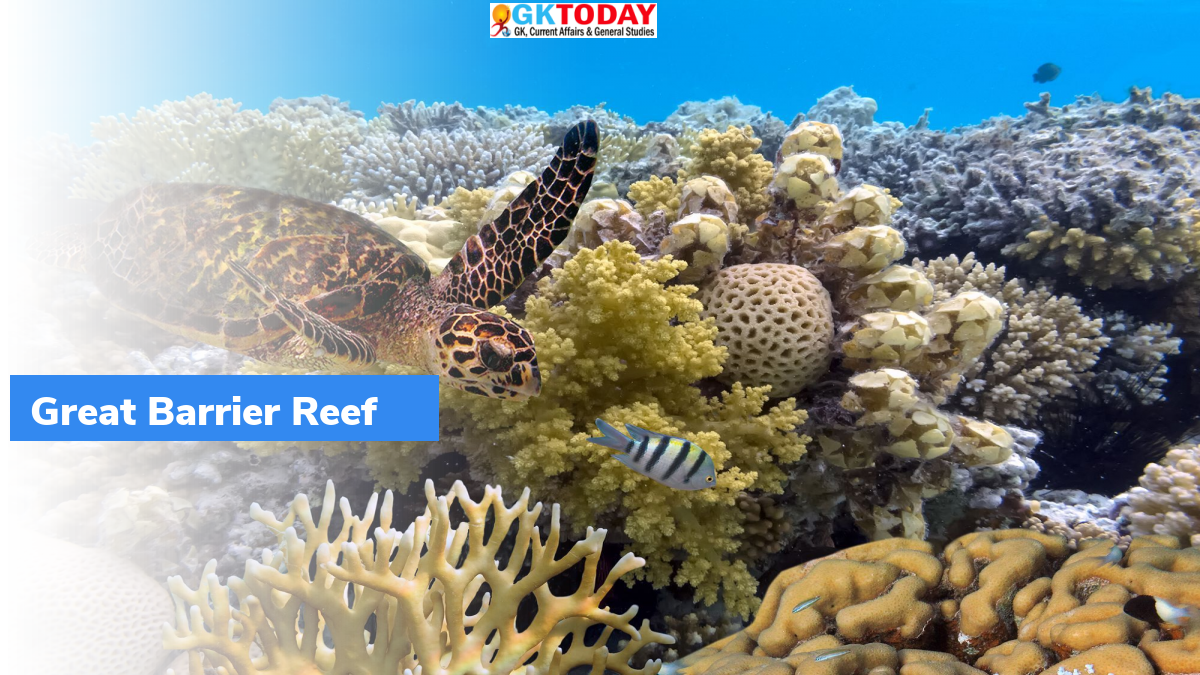Scientists Freeze Great Barrier Reef Coral
Scientists, who are working on Great Barrier Reef, have succeeded in testing a new method for freezing and storing coral larvae.
About the new method
- The newly developed “cryomesh” technology enables the storage of the coral larvae at -196°C (-320.8°F).
- It was developed by a team of scientists from the University of Minnesota’s College of Science and Engineering.
- This novel mech technology can be manufactured at lower cost. This is significant since the preceding methods require cutting-edge equipment, including lasers.
- It is lightweight and ensures better preservation of corals.
- The technology was initially tested with smaller and larger varieties of Hawaiian corals. The larger varieties of corals failed in the trials.
- In December, scientists conducted trials using the Great Barrier Reef coral for the first time. They used cryomesh to freeze the coral larvae at the Australian Institute of Marine Sciences (AIMS). The coral has been collected from the reef, during the brief annual spawning window.
Why does freezing a coral larvae matter?
The Great Barrier Reef had experienced 4 bleaching events in the last seven years, including the first-ever bleach during a La Nina phenomenon, which generally brings cooler atmospheric temperatures. The cyromesh paves the path towards a future where coral reefs can be restored in the wild, enabling assistance to some of the aquaculture and restoration interventions.
Why is the Great Barrier Reef threatened by climate change?
The Great Barrier Reef stretches across a 2,300 km area down Australia’s northeast coast, covering an area equal to the size of Italy. Due to its ecological significance, it was declared a World Heritage Area by UNESCO. It is suffering major bleaching events because of the raising ocean temperatures caused by climate change. Corals are marine animals that get their color and most of their food from the algae living within them. The increased temperature stresses algae on the coral. This causes the corals to expel the algae and then starve to death. The back-to-back bleaching in recent years provided little time for recovery and significantly lowered the stress tolerance of corals.
Month: Current Affairs - December, 2022
Category: Environment Current Affairs • Science & Technology Current Affairs


